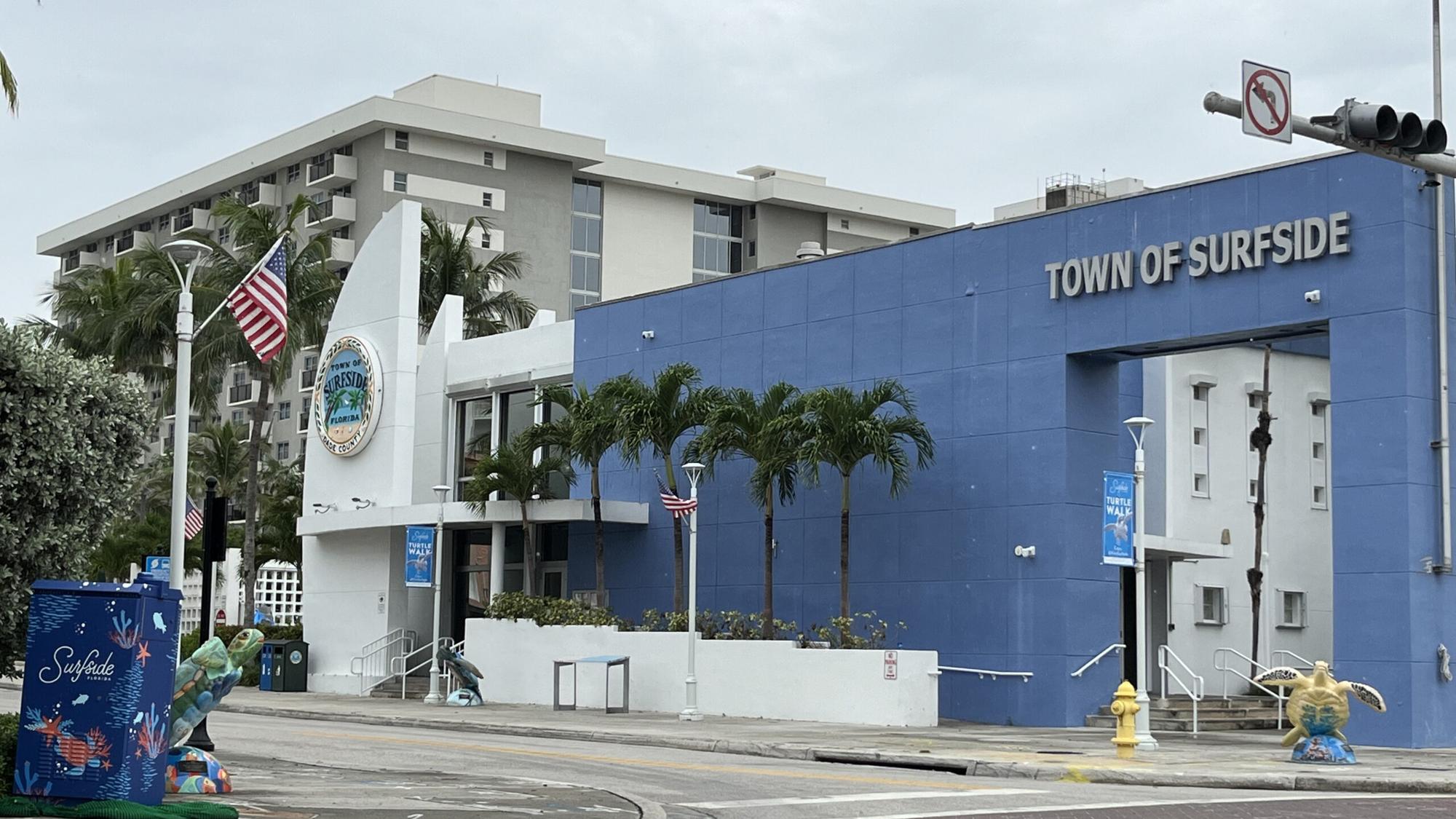Local governments have emerged as pivotal players in determining the trajectory of marijuana operations, particularly in distribution. Their decisions influence not only the availability of cannabis products but also the broader economic, public health, and regulatory landscapes.
Regulatory Authority and Zoning
Local governments wield significant power in regulating cannabis businesses within their jurisdictions. They can determine where dispensaries and cultivation centers can operate through zoning laws, often restricting these businesses to specific areas to address community concerns.
For instance, in California, while state law permits cannabis activities, local municipalities can impose additional restrictions or bans, leading to a patchwork of regulations across the state. In Santa Barbara County, officials limited retail sales to eight establishments to prevent clustering in unincorporated communities. The county also required greenhouse growers to install carbon filters to address odor complaints, illustrating how local ordinances can directly impact operational practices.
Licensing and Enforcement
The licensing process for cannabis businesses is often managed at the local level, with municipalities setting their own criteria and fees. In Washington D.C., the city has recently intensified its crackdown on illegal cannabis operations, shutting down dozens of unlicensed weed shops. This enforcement strategy is designed to curtail the gray market, increase public safety, and support the legitimacy of the legal medical cannabis industry.
Local governments often act as the first line of enforcement, conducting inspections, responding to community complaints, and ensuring businesses remain compliant with zoning, operational, and safety standards.
Public Health and Safety Considerations
Local governments also play a crucial role in safeguarding public health. A recent study examining California’s cannabis policies found that localities banning storefront recreational cannabis businesses experienced fewer harmful cannabis exposures among children under 13. This data suggests that local restrictions, especially in residential or high-density areas, can positively influence community health outcomes.
Moreover, local governments can implement educational initiatives and collaborate with law enforcement to curb underage use, impaired driving, and misuse of cannabis products.
Economic Implications
The financial stakes are high when it comes to local cannabis policies. In Michigan, the state recently distributed nearly $100 million in cannabis revenue among 302 local municipalities and tribal governments as part of its adult-use marijuana tax-sharing plan. This influx of funding supports infrastructure, education, public safety, and other essential services, showing the tangible economic benefit of embracing regulated cannabis markets.
For cities and counties facing budget shortfalls, welcoming legal cannabis operations—when properly regulated—has become a strategic economic development tool.
Challenges and the Path Forward
Despite notable progress, the lack of consistent regulations across jurisdictions poses challenges for cannabis operators, especially those expanding into multi-state markets. Discrepancies in local testing standards, distribution protocols, and reporting requirements complicate logistics, risk management, and overall compliance. This fragmentation also makes it difficult to implement large-scale, standardized quality assurance systems.
As federal legalization efforts continue to stall, the burden falls even more heavily on state and local authorities to create coherent, equitable frameworks. This includes reconciling disparities between rural and urban access, ensuring social equity license holders aren’t blocked by local bans, and modernizing supply chain infrastructure to meet growing demand.
Final Thoughts
As gatekeepers of cannabis policy implementation, local governments are not just regulatory overseers—they are architects shaping the industry’s future. Their decisions influence who can operate, how communities benefit, and whether legal markets thrive or falter. Balancing economic opportunity with community protection and public health remains the ongoing challenge. But one thing is clear: the cannabis industry’s path forward is being paved one municipality at a time.

